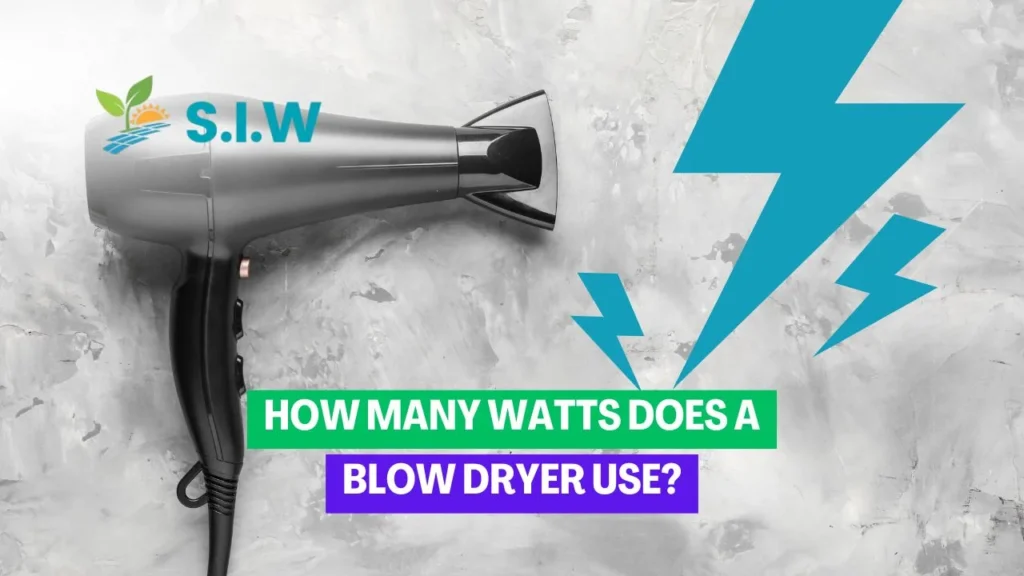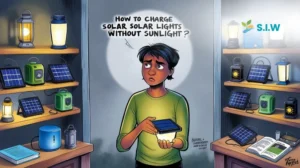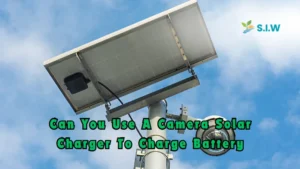A blow dryer, also known as a hair dryer, is one of the most commonly used electrical appliances in households worldwide. While it plays a vital role in personal grooming, many people overlook how much energy it consumes. Knowing the wattage of a blow dryer can help you manage electricity costs and understand how much power you are using during each styling session. In this article, we’ll explore how many watts a blow dryer uses, discuss how wattage impacts performance, and provide energy-saving tips for users.
What is Wattage and Why Does it Matter?
Wattage is a measure of the amount of electrical power an appliance consumes. In simple terms, higher wattage means the device consumes more electricity. For a blow dryer, wattage not only affects how much energy it uses but also plays a critical role in how effectively and quickly it dries your hair.
Typically, blow dryers have wattages ranging from 800 watts to 2,400 watts. The variation in wattage influences the drying power, speed, and overall performance of the hair dryer. Higher wattage means faster drying but also more electricity consumption. Choosing a lower-wattage hair dryer or using energy-efficient models can help reduce your electric bills without significantly sacrificing performance. By making mindful choices, you can enjoy the convenience of a blow dryer while minimizing your energy costs.
Average Wattage of Blow Dryers
Blow dryers come in a range of power levels, and their wattage can significantly vary based on the type and model. Here’s a general breakdown:
- Compact/Travel Blow Dryers: 800 to 1,200 watts
- Standard Blow Dryers: 1,200 to 1,875 watts
- Professional/Salon-Grade Blow Dryers: 1,875 to 2,400 watts
Compact blow dryers, often used for travel, have a lower wattage and consume less electricity. However, they also take longer to dry your hair. On the other hand, professional-grade blow dryers consume more energy but offer faster and more efficient drying.
How Much Energy Does a Blow Dryer Use?
To calculate how much energy your blow dryer consumes, we need to consider two key factors: the wattage of the dryer and the duration of use.
Here’s a simple formula to estimate the energy consumption of a blow dryer:
Energy Consumption (kWh) = (Wattage × Hours of Use) ÷ 1,000
For example, if you use a 1,875-watt blow dryer for 10 minutes per day:
Energy Consumption = (1,875 watts × 0.167 hours) ÷ 1,000 = 0.31 kWh per use
Over a month, the total energy consumption would be approximately 9.3 kWh (0.31 kWh × 30 days).
How Wattage Affects Drying Time and Efficiency
The higher the wattage, the more powerful the blow dryer, meaning it will take less time to dry your hair. A 2,000-watt blow dryer, for instance, will be much faster at evaporating water from your hair compared to a 1,200-watt model.
- Low Wattage (800 – 1,200 watts): Suitable for fine or thin hair, but slower for thick or coarse hair. Energy-efficient but time-consuming.
- Medium Wattage (1,200 – 1,875 watts): Ideal for everyday use, offering a balance between energy efficiency and drying power. Suitable for most hair types.
- High Wattage (1,875 – 2,400 watts): Best for thick or curly hair, offering the fastest drying times. However, these models consume significantly more electricity.
Energy-Saving Tips When Using a Blow Dryer
While higher-wattage blow dryers may be necessary for faster drying, you can still take steps to minimize energy usage without compromising performance.
- Towel Dry First: Before using a blow dryer, towel-dry your hair as much as possible. This reduces the time you’ll need to use the blow dryer.
- Use Lower Heat Settings: Many blow dryers offer adjustable heat settings. Using lower heat settings can reduce energy consumption and prevent hair damage.
- Airflow Settings: Opt for higher airflow rather than higher heat. Higher airflow dries hair faster while using less energy.
- Limit Usage: Try to limit blow dryer usage to only a few times per week. Letting your hair air-dry part of the way can save significant energy.
- Choose Energy-Efficient Models: When purchasing a new blow dryer, look for energy-efficient models that offer fast drying with lower wattage.
Is a Higher-Wattage Blow Dryer Worth It?
While high-wattage blow dryers may seem more appealing due to their quicker drying times, the increased energy consumption might not always be justified, especially for users with fine or short hair. For daily use, a medium-wattage dryer in the 1,200 to 1,800-watt range should suffice for most people.
However, for those with thick, coarse, or curly hair, or for salon professionals who need to dry hair quickly, a higher-wattage blow dryer might be the more practical choice, despite the higher electricity usage.
How to Calculate the Cost of Running a Blow Dryer
Now that we know how to estimate the energy consumption of a blow dryer, let’s calculate the cost of using one. The cost of electricity is typically measured in kilowatt-hours (kWh), and the average electricity rate in the U.S. is around $0.13 per kWh.
Using the same example from earlier (1,875-watt dryer for 10 minutes per day), we calculate the cost like this:
Daily Cost = Energy Consumption (kWh) × Electricity Rate
Daily Cost = 0.31 kWh × $0.13 = $0.04 per day
For a month of daily use, this would amount to approximately $1.20 per month (0.04 × 30 days).
While the cost may seem minimal, frequent use of a high-wattage blow dryer can add up, especially if multiple members of the household are using it regularly.
Conclusion
The wattage of a blow dryer plays a crucial role in determining drying speed, energy consumption, and overall efficiency. Compact and travel blow dryers typically consume less energy, but may be slower at drying. Standard blow dryers with medium wattage offer a balance of energy efficiency and performance, while professional-grade models with higher wattages provide faster drying at the cost of higher energy usage.
When choosing a blow dryer, it’s essential to consider your hair type, drying needs, and energy consumption habits. By making informed choices and using energy-saving practices, you can enjoy the convenience of a blow dryer without worrying too much about your electricity bill.








